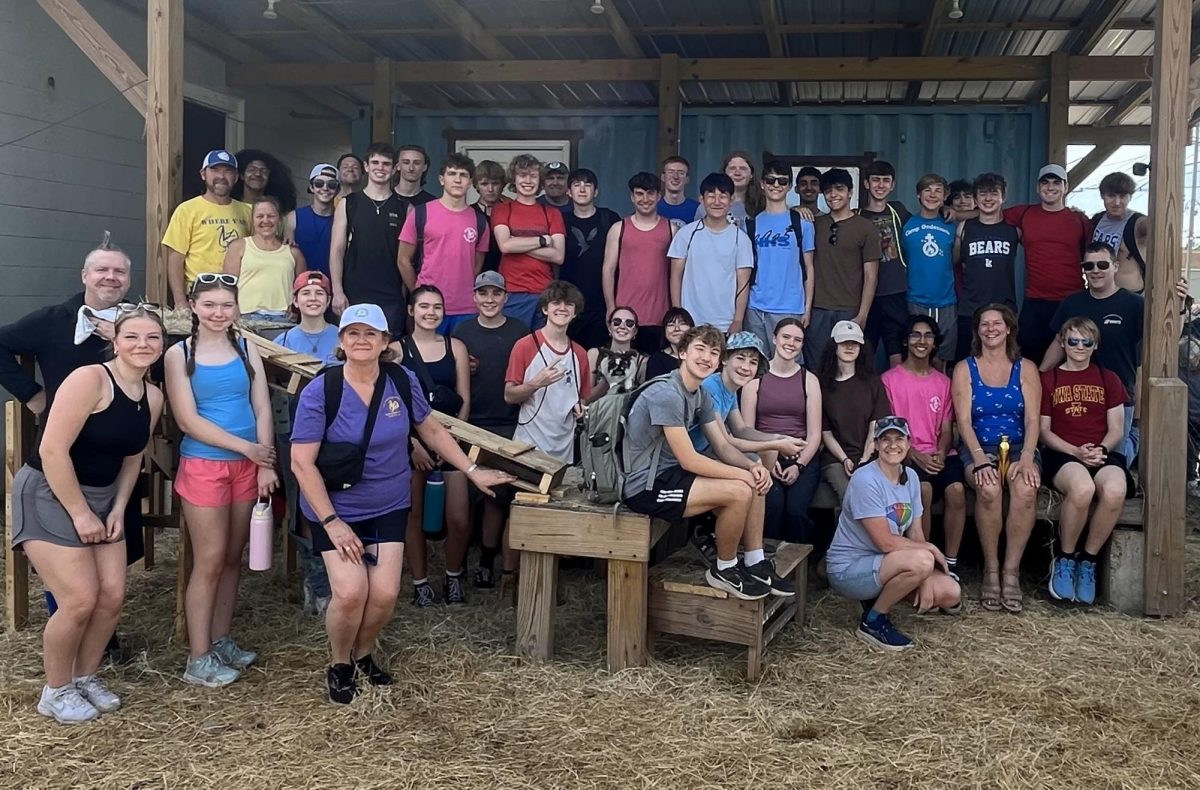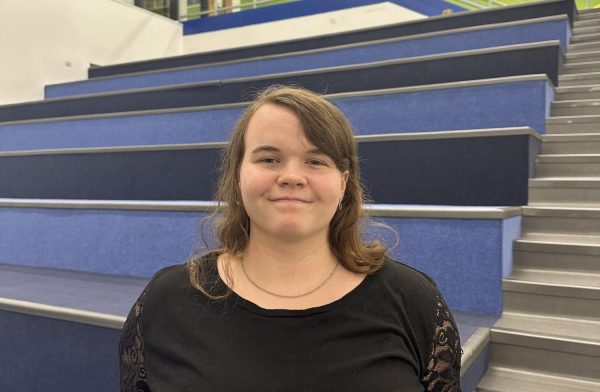New Orleans, known as the birthplace of jazz, was devastated by hurricane Katrina in 2005. Josh Thompson, band director, has had the band go on a week-long trip there every 3 years since. According to Thompson, the band has been going down to help the area and learn about jazz.
“The reason we do it in New Orleans is because it is the birthplace of Jazz, and so it’s great,” Thompson said. “It’s a reason to get them out of the school, go to New Orleans, learn about jazz, play jazz, and also roll in some community service.”
According to the Research Data Center, Hurricane Katrina did not just cause damage at the time. Many damages were from houses being destroyed and recovery funds are still in place today. According to Demetri Shutkas, senior band member, the band helped out by fixing up the area.
“Things were getting old and damaged because [it is] an old city,” Shutkas said, “and there was a church off that was still run by Camp Hope and HisHands2Go and That church was very old, and we had to fix some windows there.”
Along with physically helping, Shutkas says that there is a mental factor in seeing the city in disrepair. Hurricane Katrina left a large impact on New Orleans, and Thompson claims that helping helps build students’ character.
“I see [selfishness] in a lot of our society,” Thompson said, “and when you get a chance to serve others and find out what it feels like to do something nice for others just because you can, I think it changes you and I am hoping that these students can learn from it too.”
Along with learning how to help others and the environment, Shutkas said that the trip helped him meet and get close to new people from different parts of the band. 45 students from the jazz band went on the trip, according to Shutkas, and each got a different experience with the people there and the activities they did.
“There was a wide variety of things to do, and I think that separated this trip from others,” Shutkas said. “The fact that it wasn’t just a service trip it was also for us, for our educational purposes, like learning where jazz originated from, and environmentally, how it’s different there”
Band got to see several different historical sites and people influential to jazz, including the Jazz Band performing at Jackson Square and seeing the Preservation Hall Jazz Band perform. Another place that was visited was the TEP Center, which talks about Ruby Bridges and other children that did similar integration into white schools.
“[The women the TEP center is named after] went to school every day like Ruby Bridges by themselves, because all the white people pulled their kids out and at the end of the tour, one of the ladies comes out and talks to you, talking to the lady who actually helped integrate the schools back 60 years ago,” Thompson said. “I think that was pretty cool for these students to hear and to see. That wasn’t that long ago. What that experience was like, straight from the mouth of one of the girls that did that.”
Helping areas in need is never a bad idea. According to Thompson, this experience is helpful for teaching students to think outside of their comfort zone and see struggles in the world.
“It’s not like a super tearing process to help other people. And in the end, you feel glad that you did something for them. […] when we make a play set for the farm animals, they’ll think of us,” Shutkas said. “It’s something nice to think about on both ends.”


